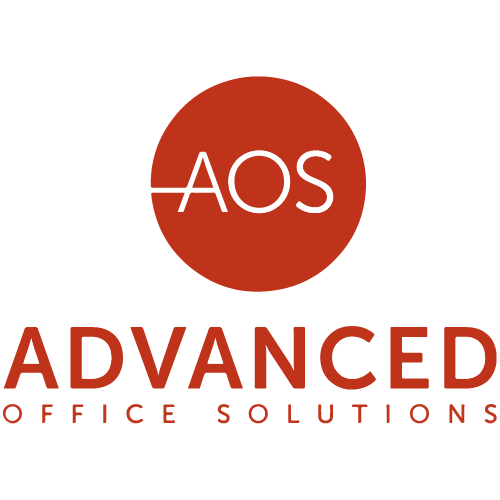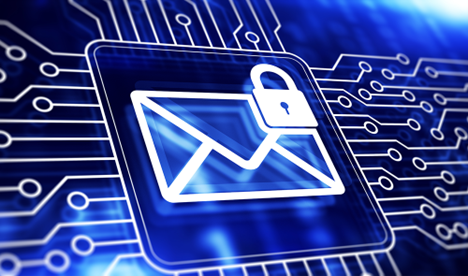In our previous blog, we highlighted the critical importance of cybersecurity for Canadian small businesses as we move into fall 2024. With new threats emerging every day, protecting your business from phishing and email fraud has never been more crucial. One essential tool in your cybersecurity toolkit is DMARC (Domain-based Message Authentication, Reporting & Conformance).
While you may already be familiar with basic security protocols like firewalls and anti-virus software, DMARC focuses specifically on email—one of the most common vectors for attacks.
Why Small Businesses Can't Afford to Ignore DMARC
For many small businesses, email is the primary mode of communication. Whether it's reaching out to customers, interacting with vendors, or managing internal communication, email is central to your operations. However, without proper authentication, your domain could be vulnerable to impersonation by scammers—leading to phishing attacks that damage your brand and financial well-being.
DMARC acts as an essential checkpoint in email authentication, making sure that only legitimate emails reach your customers. With DMARC, your emails not only get through spam filters but also protect your business from cybercriminals using your domain to deceive others.
How DMARC Works: Protecting Your Reputation and Your Customers
Implementing DMARC helps your business in three key ways:
- Prevents Domain Spoofing: Scammers often impersonate businesses by sending emails from their domains. DMARC ensures that only emails that pass authentication are delivered to your recipients, blocking those that don’t.
- Boosts Email Deliverability: DMARC also improves the likelihood that your emails make it to the inbox instead of the spam folder. This means your marketing campaigns and customer communication will be more effective.
- Builds Customer Trust: When your emails are authenticated with DMARC, customers can trust that the messages they receive are actually from you—not from a scammer pretending to be your business. In the long run, this trust is crucial for maintaining strong customer relationships.
Real-World Example: The 2016 Snapchat Phishing Attack
Even large, well-known brands are vulnerable to phishing attacks, especially when email security protocols like DMARC aren’t properly implemented. A notable example is the 2016 Snapchat phishing attack, where a cybercriminal impersonated the company’s CEO and requested sensitive payroll information from an employee.
Without DMARC or other email authentication protocols in place, the employee had no way of verifying the email's authenticity, leading to the leak of personal data for over 700 current and former Snapchat employees. This incident not only caused reputational damage but also led to potential financial and legal consequences for the company.
Had Snapchat implemented DMARC, the phishing email could have been flagged or blocked entirely, preventing the attack from ever reaching the employee’s inbox. This example highlights how even large, tech-savvy companies can fall victim to email-based threats, underscoring the need for small businesses to adopt similar security measures to protect their operations and employees.
DMARC in Action: What Happens Without It?
Imagine this: You’ve just sent out a major promotion to your email list. But because your emails aren’t authenticated, they end up in your customers' spam folders—or worse—hackers use your domain to trick your customers into opening phishing emails. Without DMARC, you leave your business, and your customers exposed to these risks.
With DMARC, however, all emails are thoroughly checked before reaching your customers. It’s like having an email “security guard” that bounces potential threats and prevents unauthorized users from abusing your domain.
The Long-Term Benefits of DMARC for Canadian Small Businesses
As we emphasized in our last blog, staying ahead of cyber threats requires continuous effort. Implementing DMARC is a proactive measure that ensures your business communications are secure, improves email performance, and builds a safer experience for your customers. In combination with other cybersecurity practices like strong password policies and employee training, DMARC helps create a comprehensive defense against email-based attacks.
Don't Wait to Act
Cyber threats are evolving, and email remains a primary target. Implementing DMARC today is an investment in your business's future—protecting your brand, your customers, and your bottom line.
If you're unsure where to start, or if you want to evaluate your current email security setup, let’s talk. At Advanced Office Solutions, we're here to help small businesses across Southwestern Ontario protect themselves from growing threats like email fraud and phishing attacks.
By structuring your email authentication and implementing DMARC, you safeguard your business from falling victim to cybercriminals. Feel free to reach out if you have any questions or would like assistance in securing your email communications. To connect, reach out to Blake Willmore on LinkedIn, email blake.willmore@aosgroup.ca or call 905-309-1012 ext. 2112.


